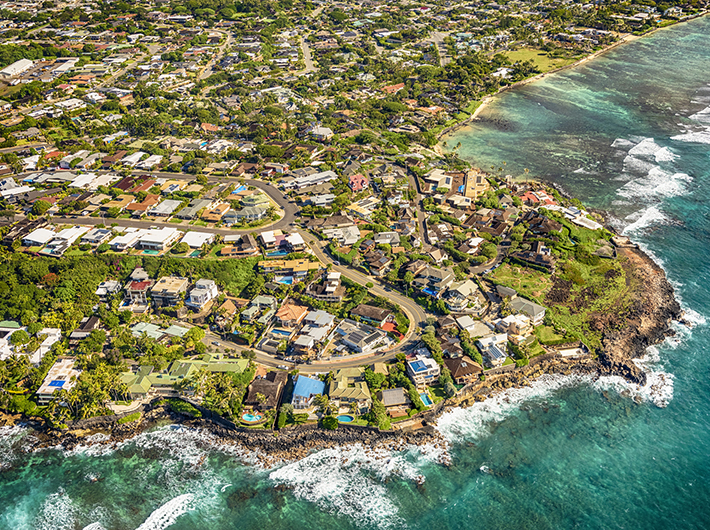Water scarcity grips the world

About This Trend
As the impacts of climate change continue to become more pronounced, people globally are facing increasing shortages of clean water. According toUNICEF, roughly four billion people worldwide experience at least one month of extreme water scarcity per year, and by 2030 nearly 700 million people could be displaced as a result of water scarcity. Construction processimprovements,agroforestry, sand dams, and conservation-focused legislation are all avenues to pursue in expanding access to clean water. Planners should play a major role in building stronger links between land use and water resource management, particularly in the realm of community organizing. For more on the impacts of water scarcity and the potential major role for planning and planners across the U.S., check out "Integrating Land Use and Water Planning for a Sustainable Future" from the July 2021 issue ofPlanning.
Trend Updates
Feb. 26, 2024 — Seismic shift in everyday usage
- More people than ever are using this technology and it is now more evident that it will be part of the ongoing landscape...
Feb. 26, 2023 — Federal Regulations spike Demand
- Because of continued interest in this technology and a favorable environment for growth...
Feb. 26, 2021 — Pandemic recalibrates supply
- People are unable to create and devote time to innovating this critical technology now
Trend Category:
Climate Change, Energy, and the Environment
Timeframe: Act Now
Related Publications
Related Knowledgebase
Related Passport Courses




